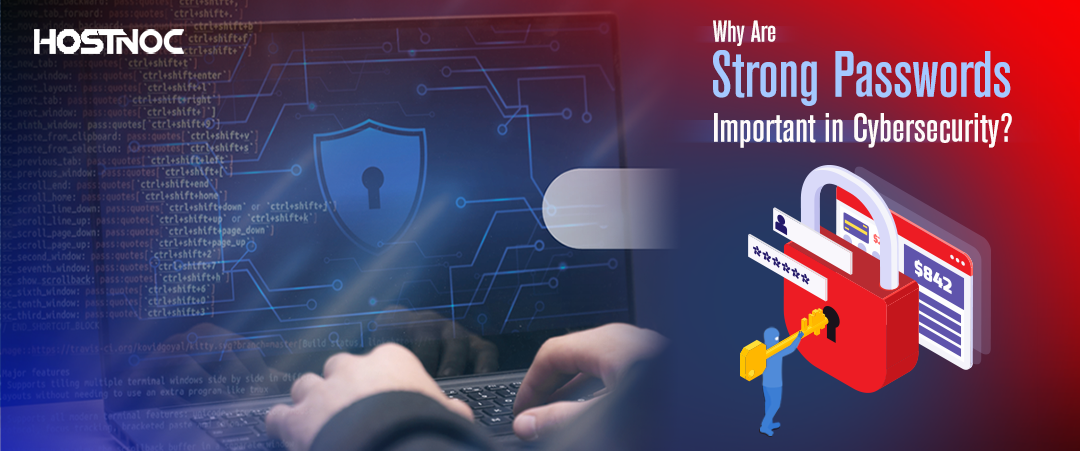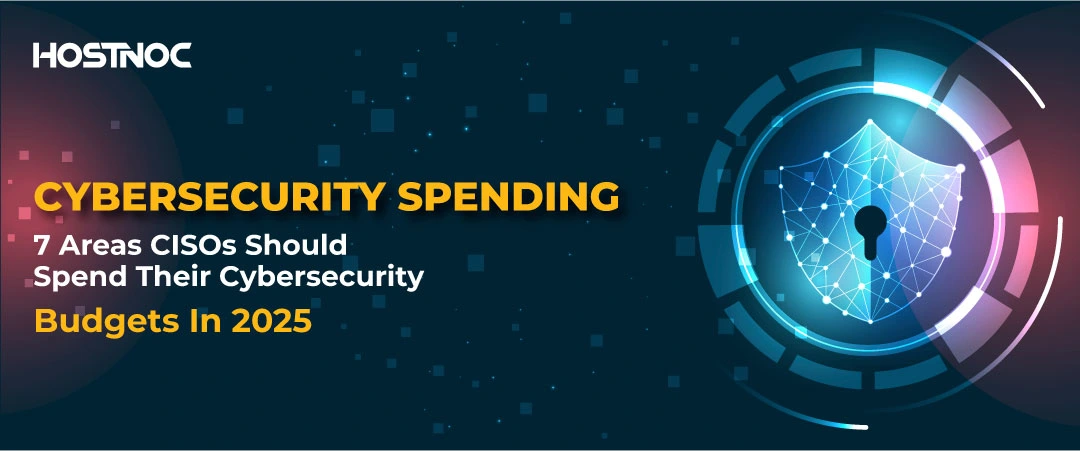Blogs
- 7 Cybersecurity Trends for 2025 According to IBM
- 1. The Rise of Shadow AI
- 2. Identity Becomes the New Security Perimeter
- 3. Collaboration is Key in Cybersecurity
- 4. Post-Quantum Cryptography Standards Take Center Stage
- 5. Data and AI Security Will Be Critical for Trustworthy AI
- 6. Balancing the Benefits and Risks of AI
- 7. AI-Assisted vs. AI-Powered Threats: Understanding the Difference
- Conclusion
7 Cybersecurity Trends for 2025 According to IBM
Here are seven Cybersecurity Trends for 2025, according to IBM.
1. The Rise of Shadow AI
Artificial intelligence will continue to be a double-edged sword for cybersecurity. While generative AI promises to enhance security operations and compliance, it is also creating new vulnerabilities. One of the most pressing issues will be the rise of Shadow AI—unsanctioned generative AI models deployed across enterprise systems without proper governance.
As businesses increasingly integrate artificial intelligence into their operations, they must confront the risks posed by unauthorized AI models. In 2025, organizations will need to enforce robust governance policies, implement comprehensive workforce training and prioritize diligent detection and response mechanisms to mitigate these risks.
2. Identity Becomes the New Security Perimeter
As cloud environments and hybrid architectures continue to shape the digital enterprise, identity management will become a cornerstone of cybersecurity. With a growing reliance on multi-cloud and hybrid environments, enterprises will shift towards an Identity-First strategy.
This approach focuses on securing access to applications and critical data, including generative AI models. A key component of this strategy will be the development of an identity fabric, an integrated set of identity tools that can work across different platforms and services, streamlining security operations and reducing complexity.
3. Collaboration is Key in Cybersecurity
As cyber threats grow in sophistication and scale, businesses will no longer be able to manage risks in isolation. Cybersecurity teams will need to collaborate closely with executives and diverse teams across the organization. Cybersecurity strategies will need to be jointly developed and enforced, embedding security into the organizational culture.
A successful 2025 cybersecurity strategy will require collaboration between security professionals, business leaders and even external partners to tackle the increasingly complex challenges posed by generative AI, hybrid cloud and quantum computing.
4. Post-Quantum Cryptography Standards Take Center Stage
The emergence of quantum computing presents a significant threat to current cryptographic systems. As quantum computing continues to develop, traditional encryption methods could become vulnerable. To address this, organizations will begin the transition to post-quantum cryptography in 2025.
With the National Institute of Standards and Technology (NIST) expanding its post-quantum cryptography standards, companies must ensure crypto agility. Crypto agility is the ability to rapidly adapt to new cryptographic algorithms in response to emerging threats. Automation will play a crucial role in accelerating the transition to quantum-safe systems.
5. Data and AI Security Will Be Critical for Trustworthy AI
As artificial intelligence becomes more integrated into everyday business operations, the security of the data powering artificial intelligence will be crucial for maintaining trust. Trustworthy AI is not just about transparency, fairness and privacy; it also requires robust data and AI security measures.
In 2025, businesses will recognize the importance of safeguarding both their AI models and the underlying data, as the consequences of a security breach could compromise the very integrity of the AI systems they rely on. Organizations will need to adopt comprehensive security frameworks to protect the entire artificial intelligence lifecycle.
6. Balancing the Benefits and Risks of AI
Organizations will continue to explore the juxtaposition of AI’s benefits and threats in 2025. On the one hand, AI-driven solutions will help businesses automate routine security tasks, improve threat detection and ensure compliance. On the other hand, artificial intelligence will also be used by threat actors to create more sophisticated malware and phishing attacks.
To mitigate these risks, businesses will need to adopt security frameworks and best practices specifically designed for artificial intelligence, ensuring that both the potential benefits and risks of artificial intelligence are properly managed and balanced.
7. AI-Assisted vs. AI-Powered Threats: Understanding the Difference
As artificial intelligence continues to influence the cybersecurity landscape, organizations must distinguish between AI-assisted threats and AI-powered threats. Currently, most cyber threats are AI-assisted, meaning artificial intelligence helps cybercriminals optimize traditional attacks such as creating more convincing phishing emails or developing new variants of malware.
Read more: 7 New Year Resolutions IT Leaders Must Set and Achieve in 2025
However, AI-powered threats like deepfake scams or fully autonomous attacks are expected to rise in the future. In 2025, businesses will need to prioritize protecting their own solutions from AI-assisted threats while also preparing for the possibility of more sophisticated AI-powered attacks.
Conclusion
These cybersecurity trends for 2025 highlight the growing interdependence between artificial intelligence and security. As artificial intelligence continues to evolve, so too will the sophistication of cyber threats. By understanding and addressing the risks posed by artificial intelligence, businesses can better prepare for the challenges ahead.
Read more: 5 Cybersecurity Challenges Of A Hybrid Workplace You Should Be Ready To Face
Effective governance, robust identity management and a focus on data and artificial intelligence security will be essential for maintaining trust and protecting valuable assets in this new era of cybersecurity. Which of these cybersecurity trends will create the biggest impact in 2025 in your opinion? Share it with us in the comments section below.
Muhammad Osama
Featured Post
Why Are Strong Passwords Important in Cybersecurity?
Table of Contents The Role of Passwords in Cybersecurity Why Are Strong Passwords Important? Protection from Brute Force Attacks Preventing Account Hijacking Protecting Sensitive Information Safeguarding […]
Cybersecurity Spending: 7 Areas CISOs Should Spend Their Cybersecurity Budgets In 2025
As we approach 2025, the landscape of cyber threats continues to evolve, necessitating a dynamic and strategic allocation of Cybersecurity Spending budgets. Chief Information Security Officers […]
Black Hat 2024: 10 Cybersecurity Tools That Deserve Your Attention
The Black Hat Cybersecurity tool landscape is ever-evolving, with new threats emerging constantly. To combat these challenges, cybersecurity vendors are continually innovating and developing new tools […]







